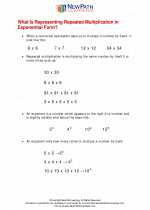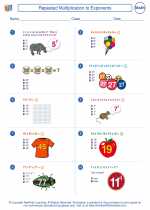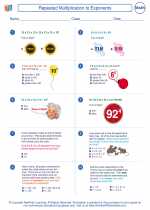Complement Rule in Probability
In probability theory, the complement rule states that the probability of an event not happening is 1 minus the probability of the event happening. This rule is useful for finding the probability of the complement of an event, which is the probability of the event not occurring.
Mathematical Representation
The complement rule can be mathematically represented as:
P(A') = 1 - P(A)
Where P(A) is the probability of event A, and P(A') is the probability of the complement of event A.
Example
Let's consider an example to understand the complement rule better. Suppose we roll a fair 6-sided die. The probability of rolling a 4 is 1/6. Using the complement rule, we can find the probability of not rolling a 4 as:
P(not rolling a 4) = 1 - P(rolling a 4) = 1 - 1/6 = 5/6
Study Guide
Here are some key points to remember about the complement rule:
- The complement of an event A is the event that A does not occur.
- The probability of the complement of an event A is 1 minus the probability of event A.
- The complement rule is often used to find the probability of an event not happening when it is difficult to calculate the probability of the event happening directly.
Practice applying the complement rule to various probability problems involving dice, coins, and other random experiments. This will help reinforce your understanding of the concept.
Understanding the complement rule is essential for solving probability problems and making predictions in real-world situations.
.◂Math Worksheets and Study Guides Sixth Grade. Repeated Multiplication to Exponents

 Worksheet/Answer key
Worksheet/Answer key
 Worksheet/Answer key
Worksheet/Answer key
 Worksheet/Answer key
Worksheet/Answer key
